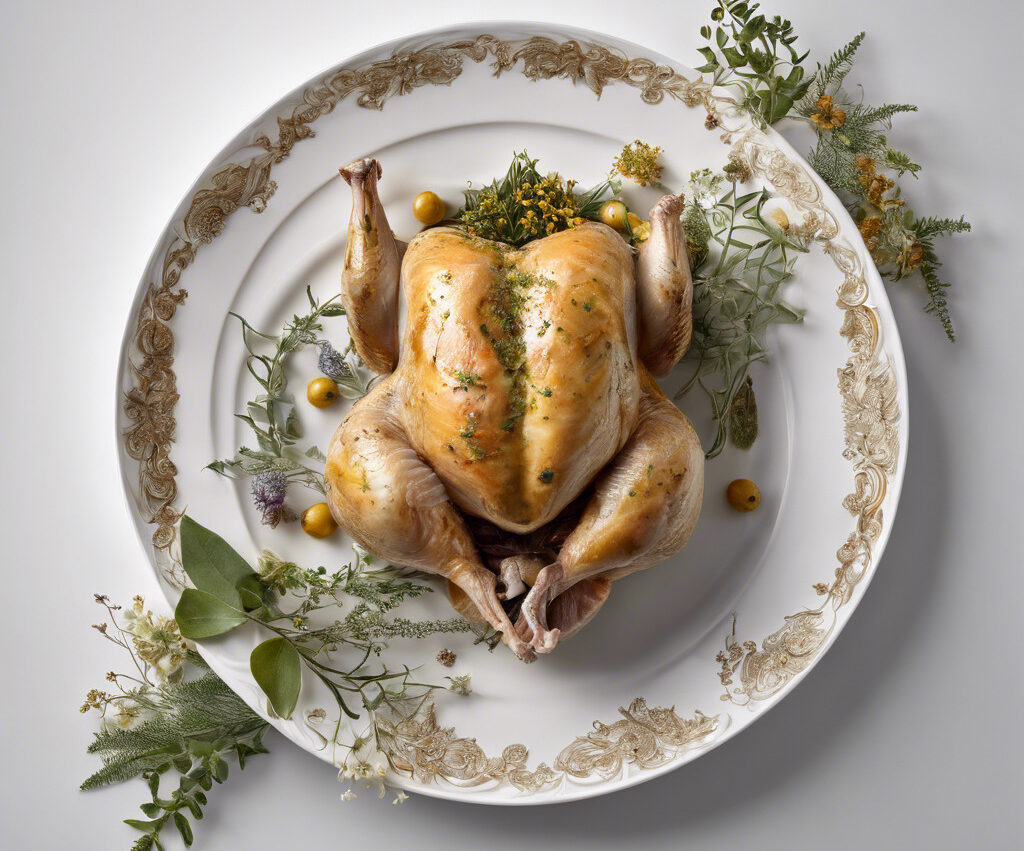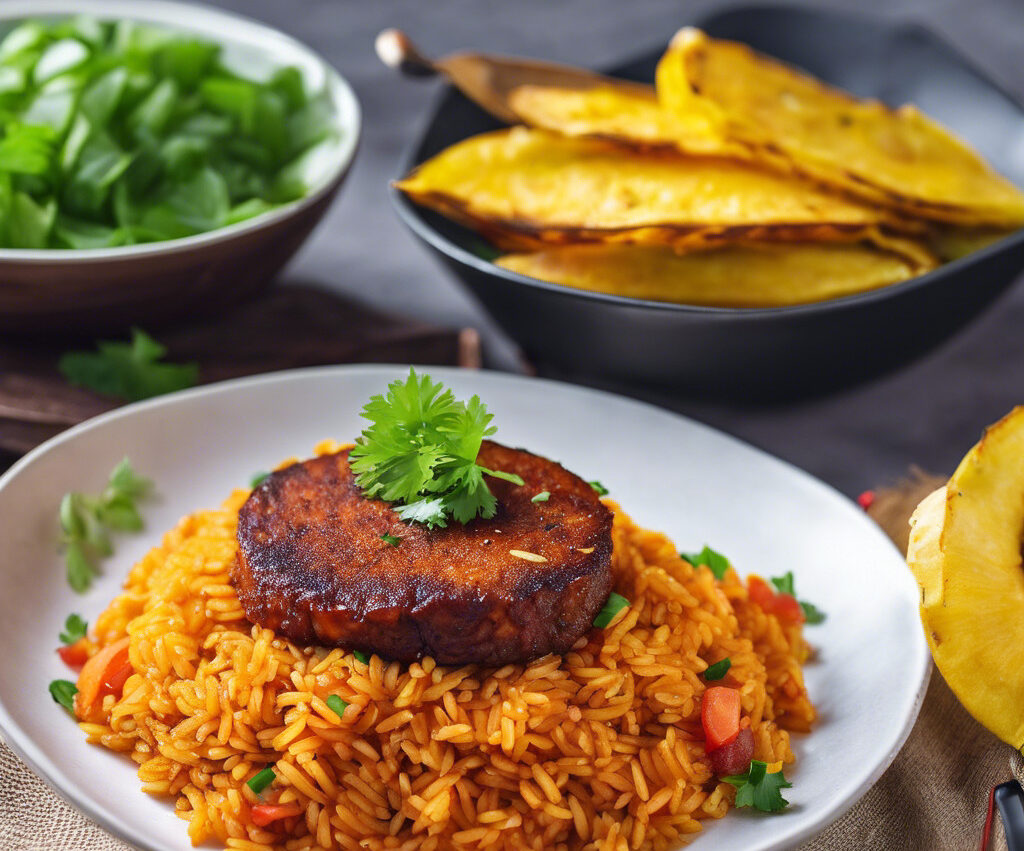Have you ever wondered why leftovers don’t seem to taste as good the next day? It’s a mystery that many of us have encountered, but fear not! In this article, we will explore the fascinating science behind why leftovers sometimes fall short in the flavor department. From changes in texture to the breakdown of molecules, we will uncover the reasons why leftovers may not live up to their freshly cooked counterparts. So, if you’ve ever found yourself pondering over why that reheated pasta just doesn’t taste quite right, keep reading to find out the answers and maybe even some tips for making your leftovers taste better.
Reasons why leftovers can taste bad
Leftovers, while convenient and cost-effective, often have a reputation for not tasting as good as freshly cooked food. There are several factors that contribute to this less-than-ideal taste and texture of leftovers. Understanding these reasons can help you minimize the negative effects and enjoy your leftovers to the fullest.
Changes in taste and texture
One of the main reasons leftovers can taste bad is the changes in taste and texture that occur during storage. Proteins in the food can break down over time, leading to a change in the overall flavor profile. For example, cooked meat may become less tender and develop a chewy consistency.
Starch retrogradation is another factor that affects the taste and texture of leftovers. When starchy foods like pasta or rice are cooked and then cooled, the starch molecules can rearrange, resulting in a firmer and sometimes unpleasant texture.
Additionally, fats in leftover food can dry out, causing the food to lose its original moisture and become greasy or unappetizing. This is particularly noticeable in dishes that contain sauces or gravies.
Leftovers can also become soggy, especially when reheated incorrectly. Foods with crispy coatings, like fried chicken or battered fish, can lose their crunchiness and become limp and soggy after being stored and reheated.
Meat that has been reheated improperly can become rubbery, making it less enjoyable to eat. This is often the case with overcooked or microwaved leftovers.
Microbial growth
Another reason leftovers may taste bad is microbial growth. Bacteria and molds can grow on food that has been left at room temperature for too long or improperly stored in the refrigerator. This can lead to foodborne illnesses and unpleasant taste.
Bacteria growth is a common issue with leftovers. Harmful bacteria such as Salmonella and E. coli can multiply rapidly on improperly stored leftovers, causing food poisoning symptoms such as nausea, vomiting, and diarrhea. It is crucial to store leftovers at the correct temperature and consume them within a safe timeframe.
Mold growth is another microbial concern when it comes to leftovers. Mold can develop on various types of food, especially bread, fruits, and dairy products. Eating moldy food can be harmful and lead to allergic reactions or respiratory issues.
Oxidation
Oxidation is a chemical reaction that occurs when food is exposed to air. This process can cause leftovers to taste bad due to rancidity, changes in color, and the development of off-flavors.
Fats in leftover food can oxidize and become rancid, resulting in a strong and unpleasant taste. This is particularly noticeable in dishes that contain oils or butter.
The oxidation process can also alter the color of leftovers, making them appear less appealing. For example, the vibrant green color of cooked vegetables can turn dull and yellowish over time.
In addition to the change in taste and color, oxidation can lead to the development of off-flavors in leftovers. These flavors can be metallic, bitter, or simply unpleasant, making the food less enjoyable to eat.
Loss of moisture
Leftovers can lose moisture during storage, which can result in a dry and unpalatable texture. As the food dries out, it becomes less juicy, tender, and flavorful.
Foods like meats, poultry, and fish are particularly susceptible to drying out when reheated as leftovers. This can make them tough and chewy, detracting from the overall eating experience.
Similarly, fruits and vegetables can lose moisture, becoming wilted and less appealing. Their vibrant colors and crisp textures can diminish, affecting both the visual and sensory aspects of the food.
Interaction of flavors
When storing leftovers, there is a potential for flavors to interact, altering the intended taste of the dish. This can occur when different types of food are stored together or when strong-flavored foods are present in the refrigerator.
Flavor absorption can happen when one food absorbs the flavors of another food it is stored with. For example, if you store a garlicky dish alongside a mild-flavored one, the mild dish may end up tasting like garlic.
Flavor transfer can occur when strong-smelling foods, like onions or spices, are improperly stored with other foods. These strong odors can permeate the other items in the refrigerator, altering their flavors and making them less appetizing.
Additionally, the combinations of flavors in leftovers may not be as palatable as when the dish was freshly prepared. The flavors may blend together in unexpected ways, resulting in a less enjoyable eating experience.
Refrigerator odors
The odors in your refrigerator can impact the taste of your leftovers. Cross-contamination can occur when strong-smelling foods are stored uncovered or in poorly sealed containers. These odors can transfer to other foods, affecting their taste and aroma.
Some foods have particularly strong smells that can permeate the refrigerator and impact the flavor of other foods. For example, storing pungent cheeses or strong spices uncovered can lead to their flavors overpowering other items in the refrigerator.
Inadequate packaging can also contribute to refrigerator odors affecting the taste of leftovers. If food is not sealed properly, the odors can escape and mix with other foods, compromising their flavors.
Inadequate reheating
The way leftovers are reheated can also affect their taste. Inadequate reheating can lead to temperature inconsistency, uneven heating, and ineffective elimination of foodborne bacteria.
If leftovers are not heated to the appropriate temperature, some portions may remain cold while others become overly hot. This inconsistency in temperature can result in an unevenly heated dish, making it less enjoyable to eat.
Improper reheating can also fail to eliminate foodborne bacteria that may have grown in the leftovers during storage. Bacteria such as Salmonella and Listeria can survive inadequate reheating, putting you at risk of foodborne illnesses if consumed.
Duration of storage
The length of time leftovers are stored can significantly impact their taste. Over time, the quality of food degrades, leading to spoilage and changes in flavor and texture.
While it is convenient to store leftovers for future meals, extended storage periods can compromise the taste and safety of the food. Gradual food quality degradation can result in a decline in freshness, vibrant flavors, and appealing textures.
As time goes on, leftovers are also more prone to spoilage. The growth of harmful bacteria and mold increases the longer the food is stored, particularly at improper temperatures. Consuming spoiled leftovers can lead to food poisoning and other gastrointestinal issues.
Chemical changes
Over time, chemical changes can occur in leftovers, further contributing to their less-than-ideal taste. Food decomposition, breakdown of compounds, and staling of bread are some examples of these chemical changes.
During storage, leftovers can undergo chemical decomposition, where complex food molecules break down into simpler compounds. This decomposition process can result in the production of off-flavors, making the food taste less appealing.
The breakdown of compounds in leftovers can also result in changes in color and texture. For example, fruits may become mushy or discolored, and sauces may separate or coagulate.
Bread is particularly susceptible to staling during storage as its structure changes due to the loss of moisture. Stale bread can become dry, tough, and develop a distinct and undesirable flavor.
In conclusion, there are various reasons why leftovers can taste bad. Changes in taste and texture, microbial growth, oxidation, loss of moisture, interaction of flavors, refrigerator odors, inadequate reheating, duration of storage, chemical changes, and food spoilage all play a role in diminishing the quality of leftovers. Understanding these factors can help you take necessary precautions to avoid unpleasant tasting leftovers and make the most out of your meals.







